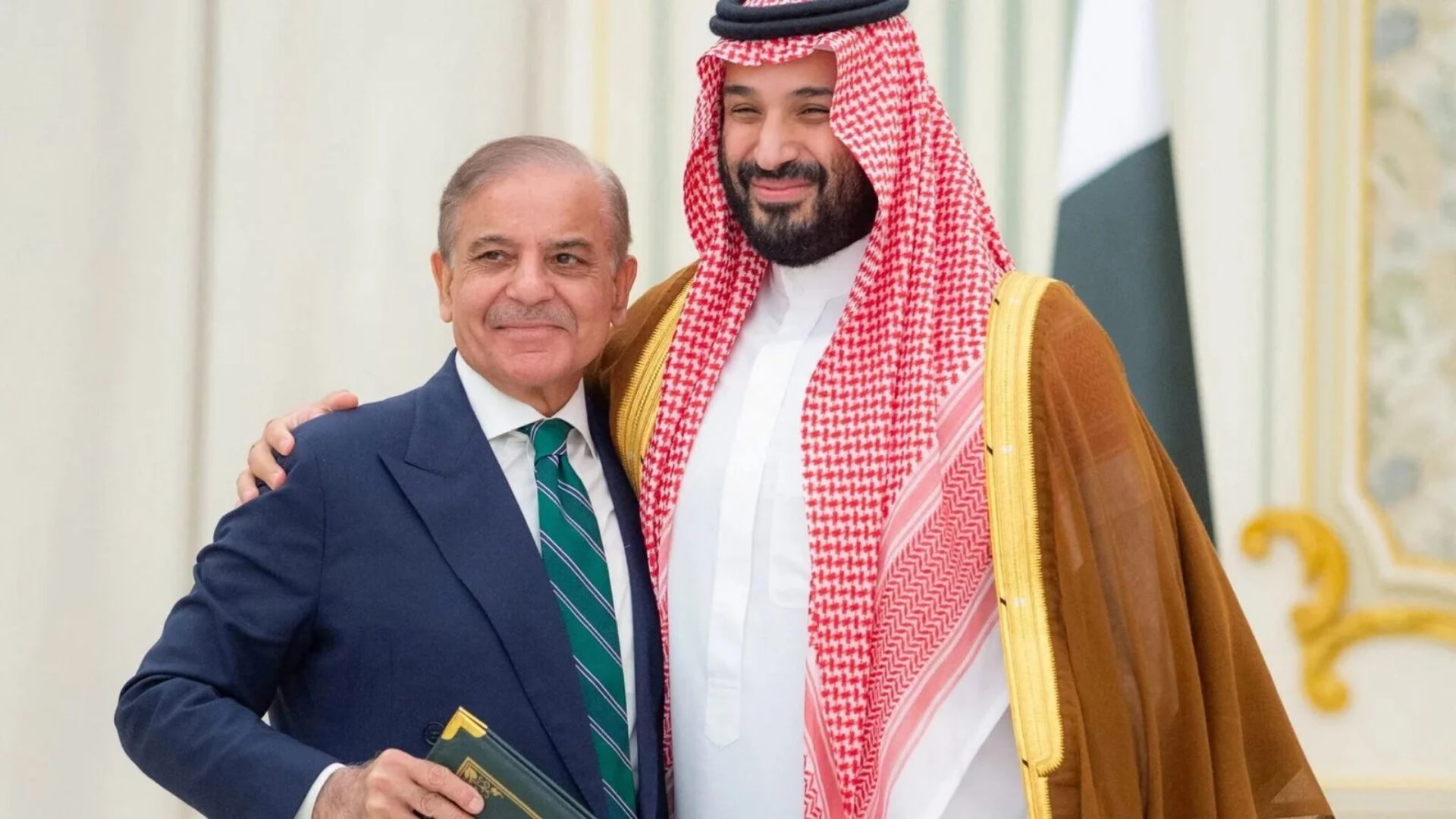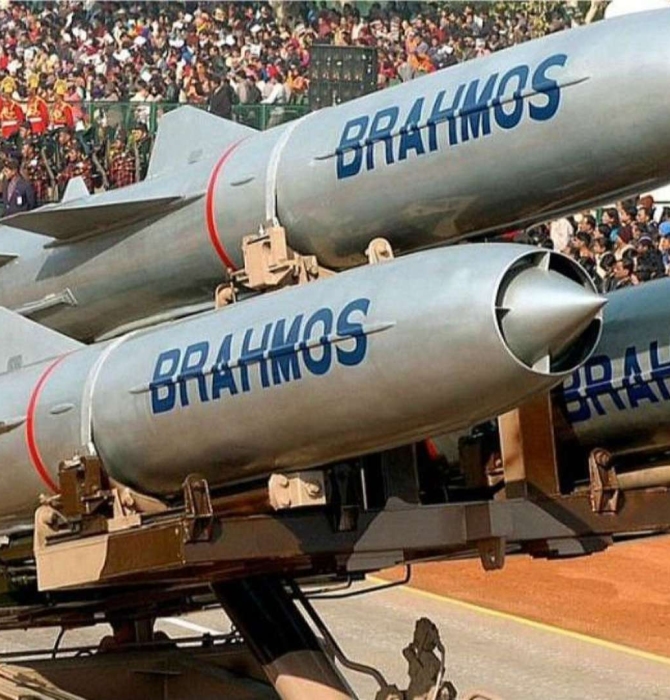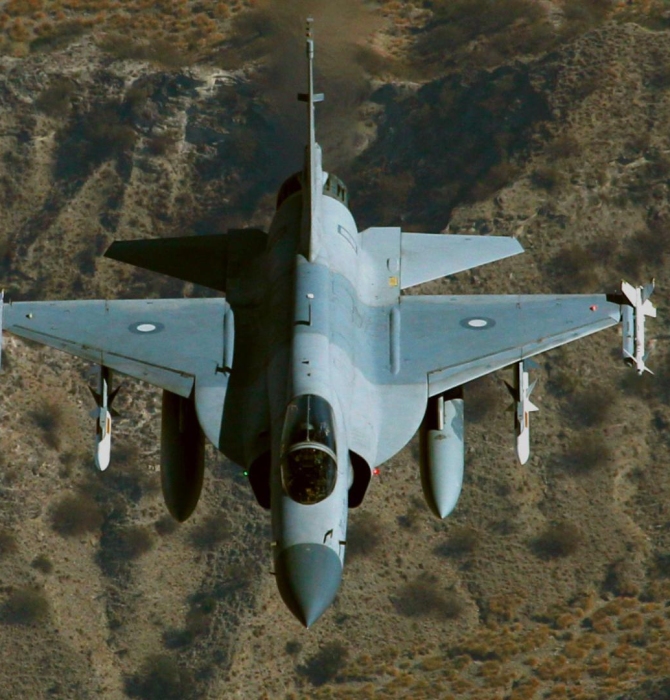8898Views

A New Power Play? What the Saudi-Pakistan Defence Pact Really Means for South Asia and the Middle East Defence Uncut Podcast
In this week’s episode of Defence Uncut, we analyze the newly signed Strategic Mutual Defense Agreement between Pakistan and Saudi Arabia.
This pact is far more than a routine formalization of long-standing ties; it signals a significant recalibration of regional power dynamics, driven by Washington’s urgent need to disengage from the Middle East and focus on China.
We unpack the strategic motivations of each key player — the United States, Saudi Arabia, and Pakistan — and explore why this agreement may be less about confronting a specific threat and more about Washington orchestrating a new security architecture at Pakistan’s expense.
Listen to the full episode on YouTube or your favorite podcast platform.
The Historical Precedent: A Relationship of Convenience
The defense relationship between Pakistan and Saudi Arabia is decades-old, traditionally transactional, and deeply rooted in mutual interests. Historically, Saudi Arabia has provided Pakistan with vital financial aid and subsidized oil, particularly during times of economic distress, such as after the 1998 nuclear tests. In return, Pakistan has offered military expertise, large-scale training for Saudi forces, and even augmented the Saudi military with its own troops on the ground at various points in history.
However, this relationship has always ebbed and flowed in correlation with the influence of Western powers, particularly Britain and the United States. Pakistan’s military presence in the Gulf was most prominent when British influence was high, and it declined as the American footprint grew. This new agreement, therefore, doesn’t exist in a vacuum. It represents a return to an old model, but this time, it’s happening at Washington’s behest, not London’s.
The American Pivot: Solving Two Problems with One Pact
The core driver of this agreement is the United States’ strategic imperative to disengage from the Middle East to counter China more effectively. Washington is attempting a geopolitical Hail Mary: pacify two volatile regions—the Middle East and South Asia—in a single, cost-effective maneuver.
For the White House, the pact serves two primary functions:
- A New Middle East Security Framework: By pushing Saudi Arabia towards a formal defense pact with Pakistan, the U.S. is outsourcing regional security. The objective is to create a security structure, likely including a Muslim-led peacekeeping force for Gaza, that can manage regional flare-ups without direct American intervention. This allows the U.S. to maintain influence while reducing its military and political bandwidth commitment.
- Repositioning Pakistan: The May 2025 conflict proved to Washington what Islamabad has argued for decades: conventional asymmetry in South Asia will be exploited by India, creating instability that distracts from the larger strategic goal of containing China. This agreement is designed to pull Pakistan’s strategic focus away from its eastern border and reorient it towards the Middle East. In exchange for economic and military support—perhaps enabling the acquisition of key platforms like the J-35 fighter or HQ-19 SAMs—Pakistan is expected to become a guarantor of security in the Gulf. This effectively tells India it no longer has an excuse to be distracted from focusing on China.
What most analysts are missing is that this isn’t about empowering Pakistan against India; it’s about repositioning Pakistan to serve American interests in two separate theaters.
The High-Stakes Gamble for Pakistan
While the agreement offers Pakistan much-needed economic relief and a stronger diplomatic deterrent against Indian aggression, it also carries immense risks. Pakistan has a troubling history of being drawn into conflicts at the behest of superpowers, only to be short-changed and left with long-term damage.
The most significant danger lies in the potential for over-commitment, particularly concerning the proposed Gaza peacekeeping force. Deploying Pakistani troops to Gaza could lead to an operational nightmare, forcing them into untenable situations, such as facing fire from Israeli forces or being ordered to police the local Gazan population. Such a scenario would be politically and militarily catastrophic.
Furthermore, Pakistan’s leadership is aggressively courting American investment in its economic and strategic sectors, including proposals for a new port at Pasni and involvement in its mineral industries. This runs the risk of creating direct conflict with Chinese interests, turning Pakistan into a battleground for supply-chain dominance between two global powers. Islamabad’s attempt to “balance” its relationships with Washington and Beijing appears clumsy and risks alienating its most reliable defense partner.
The Saudi-Pakistan Strategic Mutual Defense Agreement is a complex maneuver orchestrated by the U.S. to reshape the geopolitical landscape of both the Middle East and South Asia. For Saudi Arabia, it provides a tangible security guarantee in an era of American retrenchment. For the United States, it is a low-cost strategy to disengage from one region while sharpening the focus of its allies in another.
For Pakistan, however, the path is fraught with peril. The challenge for its decision-makers is to extract the maximum strategic and economic benefits—such as investment in its domestic defense industry and securing its conventional deterrence—without being drawn into intractable conflicts that do not serve its core national interests. The window of opportunity to navigate this complex geopolitical shift is closing.
Listen to the Full Discussion
If you have any questions, comments, or news topic suggestions you would like to hear us discuss, then send us an email at podcast@quwa.org.


